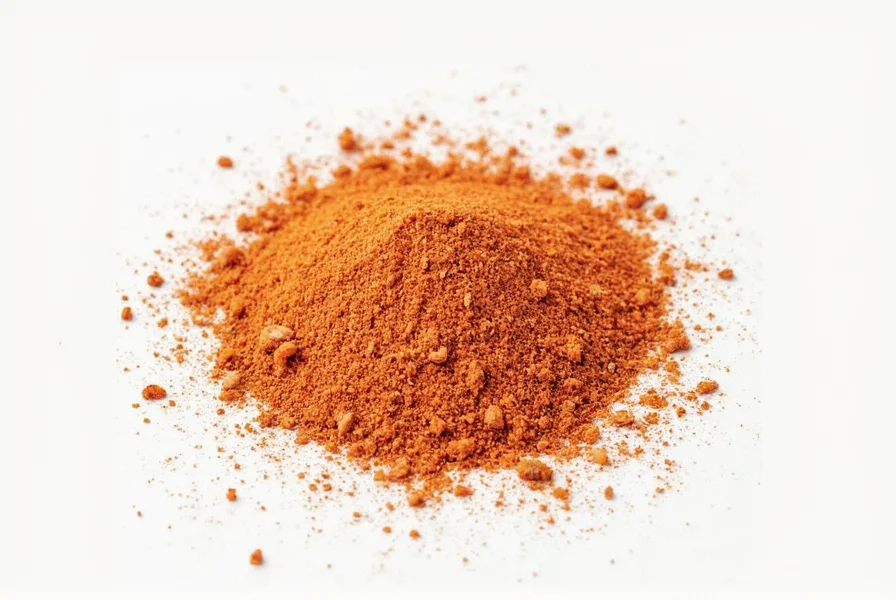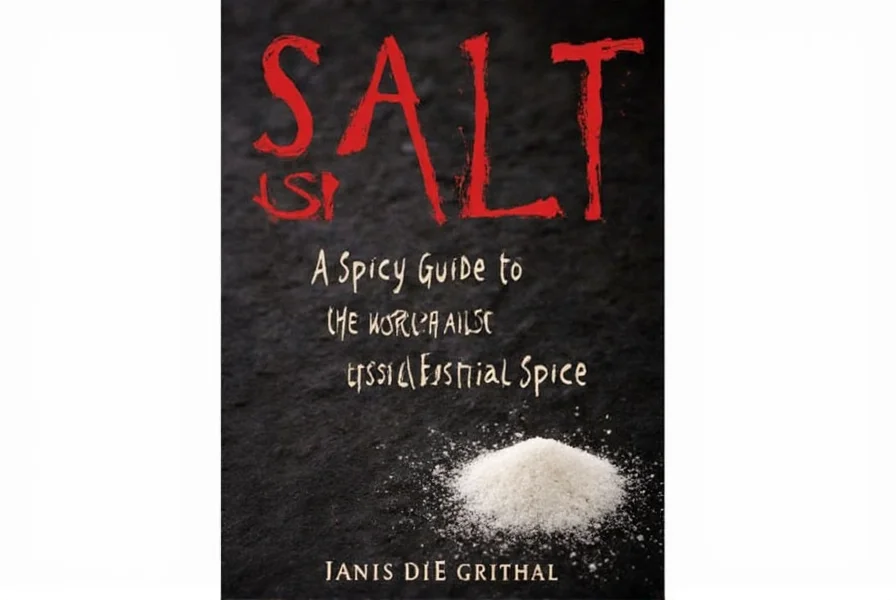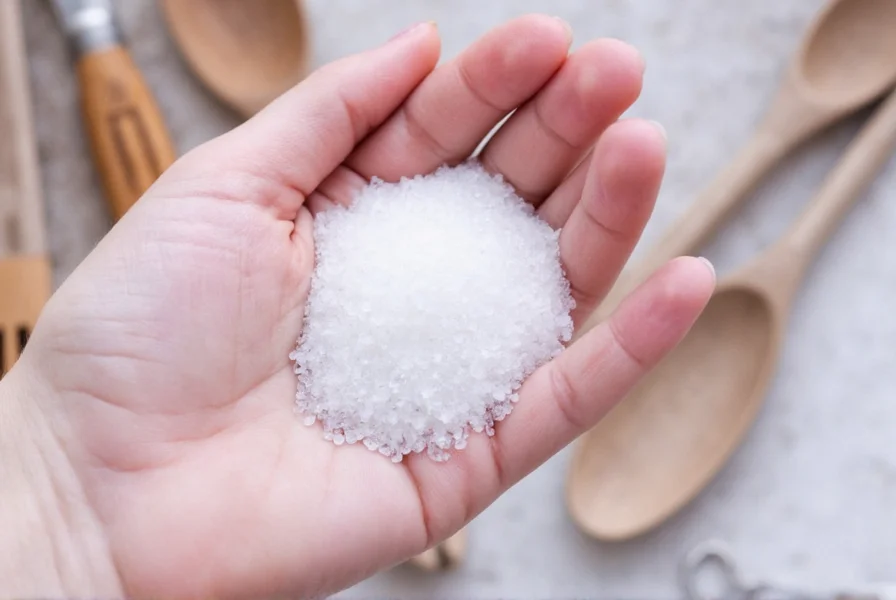Table of Contents
Introduction to Salt
Choosing the right salt is crucial for maximizing flavor and achieving professional results in cooking. With over 3,000 varieties available, understanding their differences and proper usage can transform your dishes. This guide provides science-backed recommendations from culinary experts and nutritionists to help you select and use salt effectively.

Choosing the Right Salt for Your Cooking Needs
Not all salt is created equal. The differences in mineral content, crystal size, and processing affect both flavor and functionality. Here's how to choose the best salt for each culinary application:
| Type of Salt | Key Characteristics | Best For | Culinary Applications |
|---|---|---|---|
| Table Salt | Highly refined, fine grains, contains iodine and anti-caking agents | Baking and precise measurements | Recipes requiring exact sodium control like bread, cakes, and canned goods |
| Kosher Salt | Coarse grains, no additives, pure sodium chloride | Seasoning meats and general cooking | Grilling, roasting, and seasoning during food preparation (dissolves evenly) |
| Sea Salt | Mineral-rich, varies in texture from fine to coarse | Finishing dishes and seafood | Salads, grilled vegetables, and raw applications where texture matters |
| Fleur de Sel | Delicate, hand-harvested crystals, high moisture content | Gourmet finishing touches | Enhancing desserts, chocolate, and delicate dishes where subtle flavor is key |
| Himalayan Pink Salt | Trace minerals including iron oxide (gives pink hue), less processed | Health-conscious cooking and presentation | Roasting vegetables, grilling, and as a visually appealing garnish |
| Smoked Salt | Infused with natural smoke during processing | Meat and seafood dishes | Barbecued foods, soups, and any dish needing a deep smoky flavor profile |
Proven Salt Usage Techniques
According to culinary experts from the American Culinary Federation, proper salt application is a science. Here's how to maximize flavor while maintaining health balance:
- Season in layers: Add salt during multiple stages of cooking (not just at the end). For soups and stews, add 1/4 tsp per pound of meat at the beginning, then adjust before serving.
- Understand salt absorption: Salt penetrates food slowly. For meats, dry-brine 1-2 hours before cooking to enhance flavor penetration.
- Use the right tool: Hold your salt 6-8 inches above food when sprinkling for even distribution. Use fingers for coarse salts and a shaker for fine salts.
- Balance with acidity: When dishes taste flat, add a pinch of salt before adding acid (lemon juice/vinegar) - this enhances both flavors simultaneously.
- Know your salt density: 1 tsp table salt = 1.5 tsp kosher salt. When substituting, adjust measurements accordingly for precise recipes.

Salt and Health: Science-Based Guidelines
According to the American Heart Association and World Health Organization, sodium intake should be carefully managed:
- Recommended daily sodium limit: 2,300mg (about 1 teaspoon of salt) for most adults
- Ideal limit for high-risk groups: 1,500mg daily (those with hypertension, diabetes, or kidney disease)
- Most dietary sodium comes from processed foods (75%), not added salt
- Health benefits of moderate salt intake: maintains electrolyte balance, supports nerve function, and regulates blood pressure
Important note: While Himalayan pink salt contains trace minerals, these are present in such small quantities they don't provide significant health benefits compared to regular salt. The primary difference is flavor profile and texture.
Frequently Asked Questions
Is salt bad for your health?
Salt itself isn't inherently bad, but excessive consumption can lead to health issues like high blood pressure. The American Heart Association recommends limiting sodium intake to about 2,300 mg per day (roughly one teaspoon of salt) for most adults, though individual needs may vary based on health conditions. Most dietary sodium comes from processed foods, not added salt during cooking.
What's the difference between sea salt and table salt?
Both contain similar sodium content (about 40% sodium by weight), but sea salt is minimally processed and retains trace minerals that give it subtle flavor variations. Table salt is highly refined, has finer grains, and typically contains iodine and anti-caking agents. Nutritionally, they're nearly identical, but sea salt's texture makes it better for finishing dishes while table salt works better for baking where precise measurement is needed.
How much salt should I use when cooking?
There's no universal measurement, but professional chefs recommend starting with 1/4 teaspoon of salt per pound of meat or per cup of liquid. Always season in stages: add salt during cooking, then taste and adjust before serving. Remember that ingredients like broths, canned tomatoes, and cheese already contain salt, so adjust accordingly. For baking, follow recipe measurements precisely.
Does salt really expire?
Pure salt doesn't expire as it's a stable mineral compound. However, table salt with added iodine loses potency after about 5 years. Salt can clump when exposed to moisture, but this doesn't affect safety - simply break up the clumps. Specialty salts with added flavors (like garlic or smoked salt) may degrade faster due to organic components.
Why is Himalayan pink salt pink?
Himalayan pink salt gets its distinctive color from trace minerals, primarily iron oxide (rust). These minerals were trapped in ancient sea beds that formed millions of years ago. While the color is visually appealing, the mineral content is so minimal that it doesn't provide significant health benefits compared to regular salt. The primary difference is flavor and texture.
Can I substitute different types of salt in recipes?
Yes, but you must adjust for crystal size differences. For example: 1 tsp table salt = 1.5 tsp kosher salt (varies by brand). Fine salts dissolve quickly and distribute evenly, making them ideal for baking. Coarse salts are better for seasoning meats or finishing dishes where texture matters. When precision matters (like in baking), use the salt type specified in the recipe or convert measurements using standard conversion charts.











 浙公网安备
33010002000092号
浙公网安备
33010002000092号 浙B2-20120091-4
浙B2-20120091-4